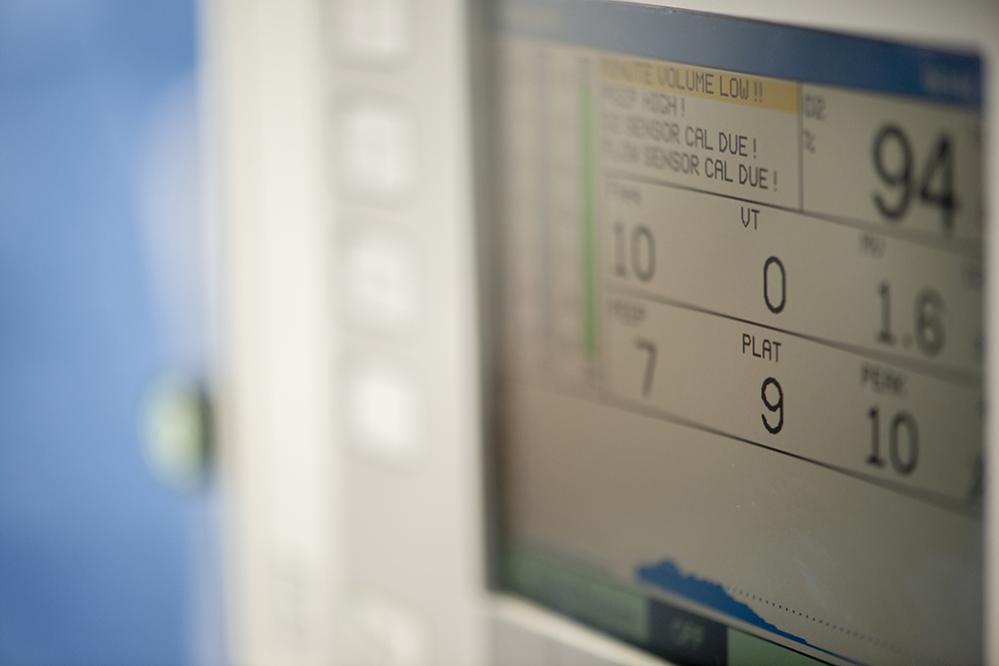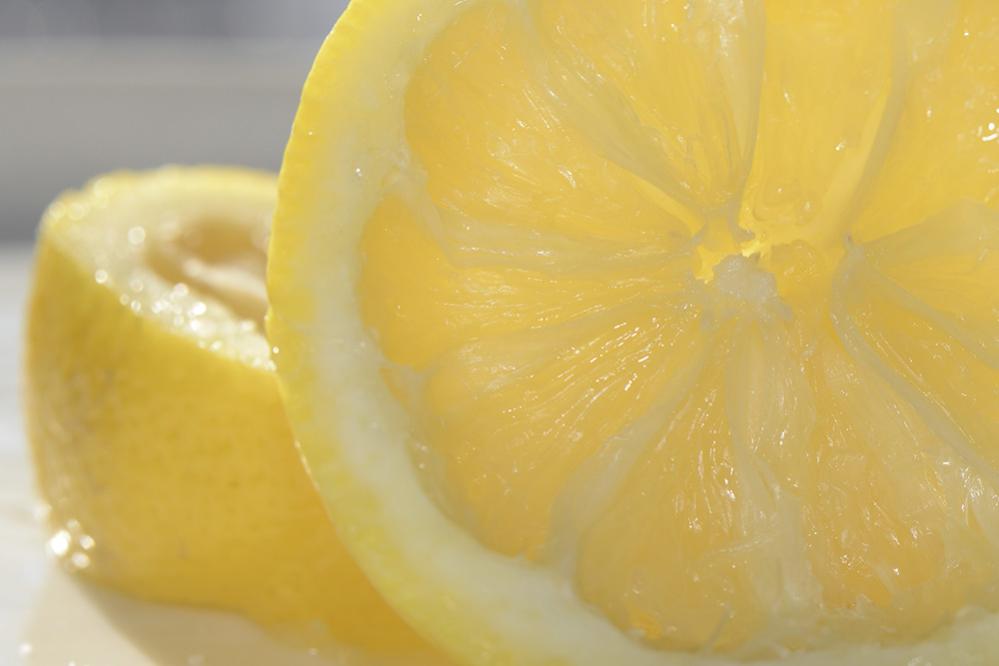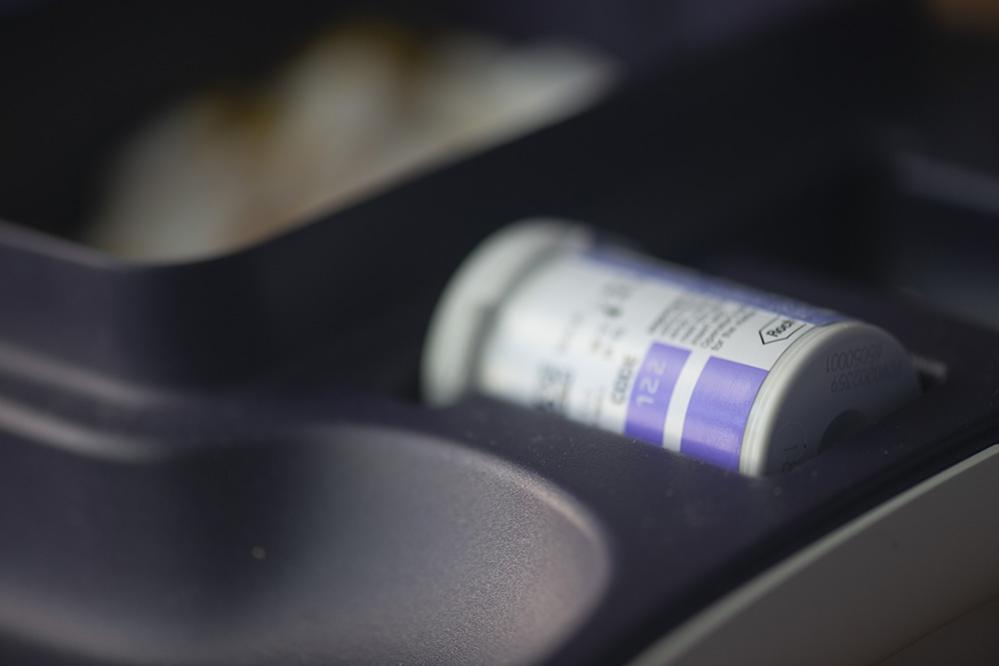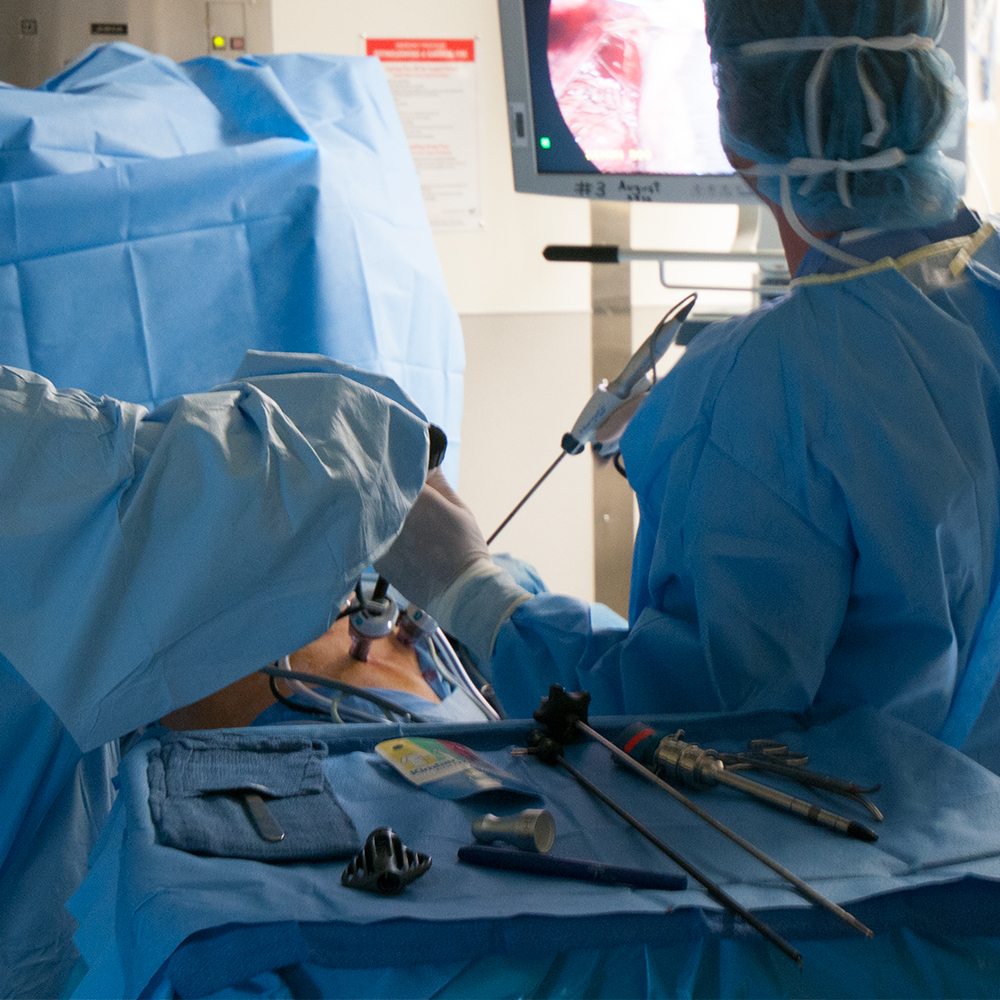Laparoscopic Treatment for Reflux Disease
Reflux
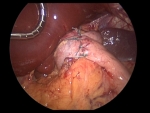
Gastroesophageal reflux disease (GERD) is a more serious form of gastroesophageal reflux (GER), which is common. GER occurs when the lower esophageal sphincter (LES) opens spontaneously, for varying periods of time, or does not close properly and stomach contents rise up into the esophagus. GER is also called acid reflux or acid regurgitation, because digestive juices—called acids—rise up with the food. The esophagus is the tube that carries food from the mouth to the stomach. The LES is a ring of muscle at the bottom of the esophagus that acts like a valve between the esophagus and stomach. When acid reflux occurs, food or fluid can be tasted in the back of the mouth. When refluxed stomach acid touches the lining of the esophagus it may cause a burning sensation in the chest or throat called heartburn or acid indigestion. Occasional GER is common and does not necessarily mean one has GERD. Persistent reflux that occurs more than twice a week is considered GERD, and it can eventually lead to more serious health problems. People of all ages can have GERD.
Symptoms
The main symptom of GERD in adults is frequent heartburn, also called acid indigestion—burning-type pain in the lower part of the mid-chest, behind the breast bone, and in the mid-abdomen. Most children under 12 years with GERD, and some adults, have GERD without heartburn. Instead, they may experience a dry cough, asthma symptoms, or trouble swallowing.
Tests to evaluate GERD and Treatment Options
If your symptoms do not improve with lifestyle changes or medications, you may need additional tests.
Barium swallow radiograph uses x rays to help spot abnormalities such as a hiatal hernia and other structural or anatomical problems of the esophagus. With this test, you drink a solution and then x rays are taken. The test will not detect mild irritation, although strictures—narrowing of the esophagus—and ulcers can be observed.
Upper endoscopy is more accurate than a barium swallow radiograph and may be performed in a hospital or a doctor’s office. The doctor may spray your throat to numb it and then, after lightly sedating you, will slide a thin, flexible plastic tube with a light and lens on the end called an endoscope down your throat. Acting as a tiny camera, the endoscope allows the doctor to see the surface of the esophagus and search for abnormalities. If you have had moderate to severe symptoms and this procedure reveals injury to the esophagus, usually no other tests are needed to confirm GERD.
The doctor also may perform a biopsy. Tiny tweezers, called forceps, are passed through the endoscope and allow the doctor to remove small pieces of tissue from your esophagus. The tissue is then viewed with a microscope to look for damage caused by acid reflux and to rule out other problems if infection or abnormal growths are not found.
pH monitoring examination involves the doctor either inserting a small tube into the esophagus or clipping a tiny device to the esophagus that will stay there for 24 to 48 hours. While you go about your normal activities, the device measures when and how much acid comes up into your esophagus. This test can be useful if combined with a carefully completed diary—recording when, what, and amounts the person eats—which allows the doctor to see correlations between symptoms and reflux episodes. The procedure is sometimes helpful in detecting whether respiratory symptoms, including wheezing and coughing, are triggered by reflux.
A completely accurate diagnostic test for GERD does not exist, and tests have not consistently shown that acid exposure to the lower esophagus directly correlates with damage to the lining.
Surgery
Surgery is an option when medicine and lifestyle changes do not help to manage GERD symptoms. Surgery may also be a reasonable alternative to a lifetime of drugs and discomfort. Fundoplication is the standard surgical treatment for GERD. Usually a specific type of this procedure, called Nissen fundoplication, is performed. During the Nissen fundoplication, the upper part of the stomach is wrapped around the LES to strengthen the sphincter, prevent acid reflux, and repair a hiatal hernia. The Nissen fundoplication may be performed using a laparoscope, an instrument that is inserted through tiny incisions in the abdomen. The doctor then uses small instruments that hold a camera to look at the abdomen and pelvis. When performed by experienced surgeons, laparoscopic fundoplication is safe and effective in people of all ages, including infants. The procedure is reported to have the same results as the standard fundoplication, and people can leave the hospital in 1 to 3 days and return to work in 2 to 3 weeks. Endoscopic techniques used to treat chronic heartburn include the Bard EndoCinch system, NDO Plicator, and the Stretta system. These techniques require the use of an endoscope to perform the anti-reflux operation. The EndoCinch and NDO Plicator systems involve putting stitches in the LES to create pleats that help strengthen the muscle. The Stretta system uses electrodes to create tiny burns on the LES. When the burns heal, the scar tissue helps toughen the muscle. The longterm effects of these three procedures are unknown.
What are Long-Term Compications of Untreated GERD
Chronic GERD that is untreated can cause serious complications. Inflammation of the esophagus from refluxed stomach acid can damage the lining and cause bleeding or ulcers—also called esophagitis. Scars from tissue damage can lead to strictures—narrowing of the esophagus—that make swallowing difficult. Some people develop Barrett’s esophagus, in which cells in the esophageal lining take on an abnormal shape and color. Over time, the cells can lead to esophageal cancer, which is often fatal. Persons with GERD and its complications should be monitored closely by a physician. Studies have shown that GERD may worsen or contribute to asthma, chronic cough, and pulmonary fibrosis.


